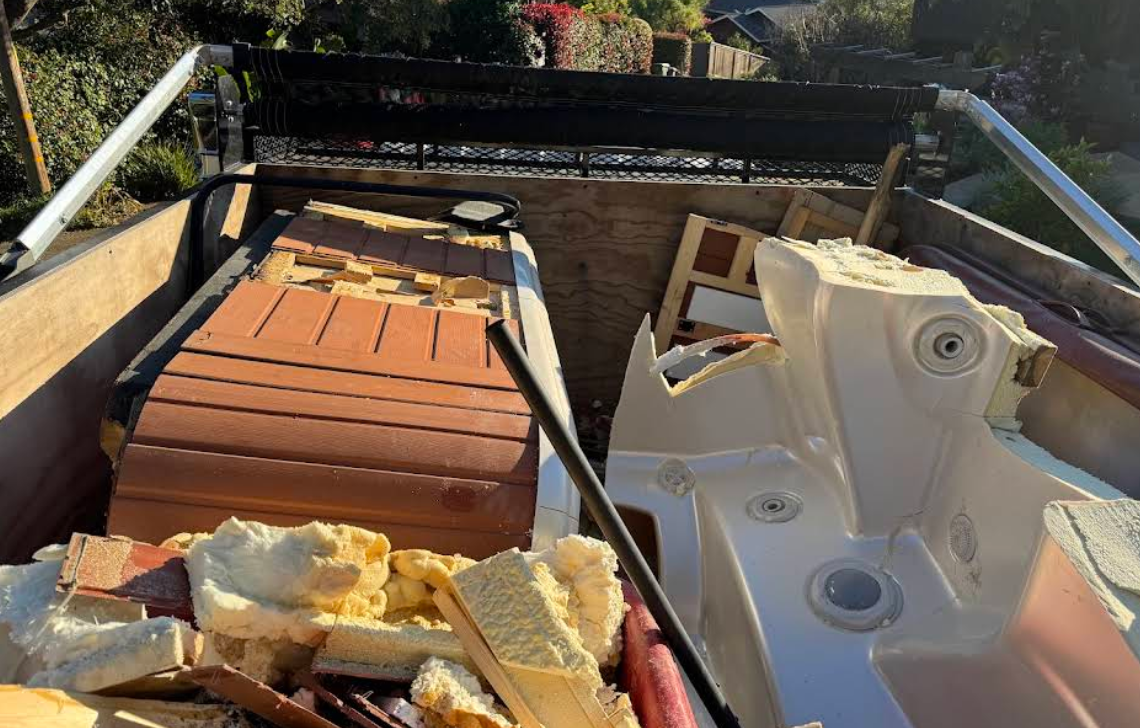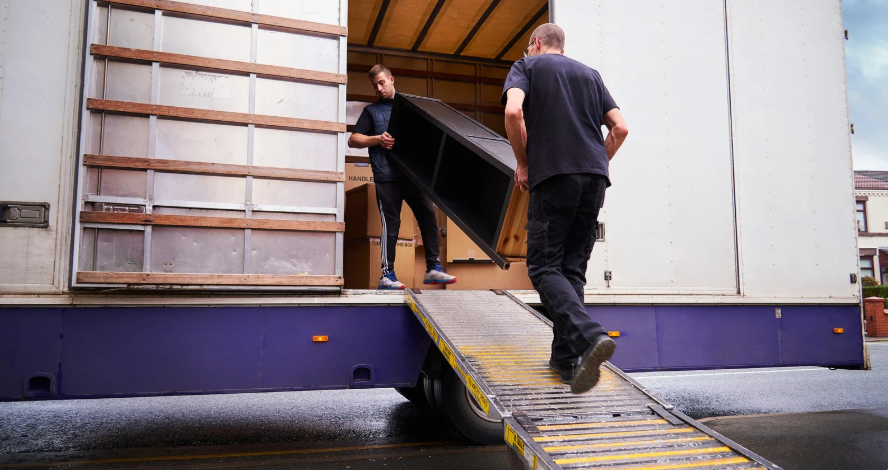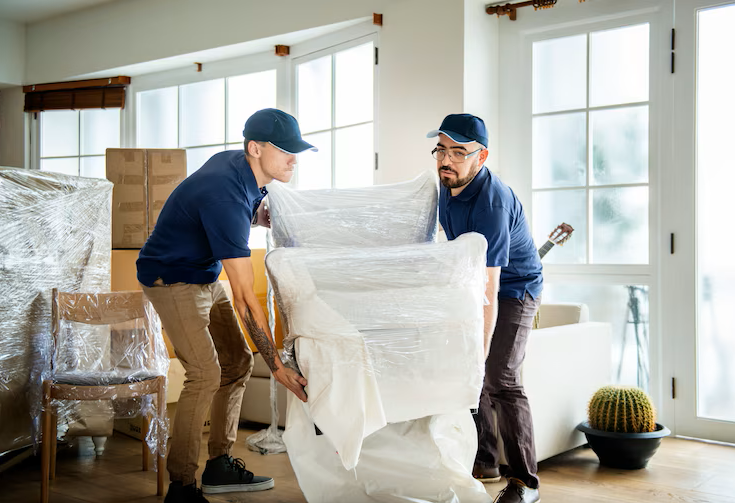Decluttering for Spring: What to Toss, Keep, or Donate
This is a subtitle for your new post
As the first hints of spring emerge, there's a palpable sense of renewal in the air. The season invites us to shake off the heaviness of winter and embrace a fresh start. It encourages us to open our windows, let in the crisp breeze, and refresh our living spaces. Spring cleaning, with its dusting, scrubbing, and organizing, is a long-standing tradition that brings clarity and rejuvenation.
However, beyond the surface-level cleaning, there’s an even more profound practice: decluttering. Decluttering goes beyond just tidying up; it's about making intentional, thoughtful choices about what we allow into our spaces and, ultimately, into our lives, helping us create environments that support peace, clarity, and purpose.
The Philosophy Behind Decluttering
Decluttering is more than just tidying up a space; it’s about creating a mindset that values simplicity, purpose, and mindfulness. The process of letting go of things that no longer serve us can bring a sense of freedom and relief. It’s a way to evaluate the things that truly add value to our lives—be it functionally, emotionally, or mentally—and separate them from what holds us back. The space we create through decluttering allows for greater mental clarity, less stress, and a stronger sense of control.
Instead of being weighed down by excess, we are free to focus on what truly matters, be it relationships, passions, or experiences that enrich our lives. Decluttering offers a deeper sense of purpose, both physically and emotionally, by encouraging us to live with intention.
Starting the Decluttering Journey

Starting your decluttering journey can feel like a daunting task, but breaking it down into smaller, manageable steps can make all the difference. The first step is to set realistic goals and recognize that progress takes time. Begin with one small area—a drawer, a closet, or even a single shelf—and work on it without the pressure of having to tackle everything all at once. Focusing on one space allows you to build momentum without feeling overwhelmed, and once you see progress, it boosts motivation to continue.
Over time, as you complete one area after another, you’ll notice that the clutter starts to vanish, and your home begins to feel more spacious and organized. Remember, it’s a process, and each small step you take is an accomplishment in itself.
The Keep, Toss, or Donate Method
One of the most effective ways to approach decluttering is through the Keep, Toss, or Donate method, which provides a clear and simple structure for making decisions about your belongings. Start by evaluating each item and categorizing it into one of three groups. The "Keep" pile should consist of items that are truly useful, meaningful, or bring you joy—those that you use regularly or have a strong emotional connection to.
The "Toss" pile is for items that are no longer functional, broken, expired, or beyond repair. Finally, the "Donate" pile is where you place gently used items that might still have value but no longer serve you personally. This method simplifies decision-making, allowing you to focus on only what truly matters and making it easier to part with things that no longer align with your lifestyle.
Evaluating Your Belongings
When evaluating your belongings, it’s helpful to ask a few key questions that will guide you toward making thoughtful decisions about what to keep or discard. Ask yourself, "Have I used this in the past year?" If the item hasn’t been used in a long time, it’s likely that it’s not essential to your daily life. Next, consider, "Does this item bring me joy or serve a clear purpose?" If something doesn’t spark happiness or serve a meaningful function, it may not be worth holding onto.
Finally, ask, "Would I buy this again today?" This question can reveal whether an item is still relevant to your current needs or if it’s time to let it go. Evaluating your belongings with these questions in mind helps ensure you’re left with only what adds true value to your space and your life.
Common Areas to Declutter
Certain areas of the home naturally accumulate more clutter, so focusing on these common hotspots can make a big impact on your overall organization. In the kitchen, check for expired food items, duplicate utensils, and gadgets you never use. Clearing these out can free up space and make meal prep more efficient. Closets are another area where clutter tends to build up, especially with clothes you no longer wear. Donate items that don’t fit or haven’t been worn in the past year to make room for what you actually need and love.
The bathroom is also a space that can quickly become overrun with expired medications, half-empty products, and miscellaneous toiletries. Tossing old or unused items can make your bathroom feel fresh and functional. In the garage, remove broken tools and equipment that you’ve stopped using, and reorganize what remains to create a more usable space.
Sentimental Items
Sentimental items are often the most difficult to part with during the decluttering process, as they hold memories or emotional significance. However, it’s important to recognize that not every item that evokes a memory deserves a place in your home. A great strategy is to differentiate between items with true sentimental value—those that bring genuine joy or serve as symbols of meaningful experiences—and those that merely trigger a fleeting memory.
Instead of keeping every item, consider holding onto a select few that hold the most significant emotional meaning. You might keep a letter, a special gift, or a photo that truly represents the memory. By focusing on quality over quantity, you preserve the emotional connection without feeling overwhelmed by physical clutter.
Digital Decluttering
In today’s digital age, decluttering extends beyond the physical world and into our digital lives. Over time, our computers, phones, and email accounts become cluttered with unnecessary files, old photos, and piles of unread emails. Digital decluttering can have a surprisingly refreshing effect on your mental well-being. Start by deleting old files that you no longer need or transferring important documents to cloud storage for easier access.
Clean out your inbox by unsubscribing from newsletters and promotional emails you no longer read, and organize your digital photos into folders that are easy to navigate. Taking the time to tidy up your digital spaces not only frees up storage but also creates a more organized and efficient way to manage your digital life. It’s just as important as physical decluttering and contributes to a clearer, more focused mind.
Maintaining a Clutter-Free Space
Decluttering is not a one-time event but an ongoing process that requires regular attention. To maintain a clutter-free space, adopting simple habits can make a big difference. One such habit is the "one in, one out" rule: for every new item you bring into your home, let go of something else. This ensures that your space doesn’t become overwhelmed with new possessions and helps you keep your home balanced.
Regularly assess your belongings to make sure you’re not accumulating things unnecessarily. Additionally, stay mindful of your purchases by asking yourself if an item truly adds value to your life before bringing it home. By incorporating these practices into your daily life, you can maintain a tidy and organized space for the long term, making it easier to keep clutter at bay.
The Emotional Impact of Decluttering
Decluttering has more than just a physical impact; it can also significantly affect your mental and emotional well-being. As you remove unnecessary items from your life, you may notice a sense of relief and a decrease in stress. Clutter can create a feeling of chaos and overwhelm, both visually and emotionally, so by decluttering, you are essentially creating more space for calmness and clarity.
The act of letting go of things that no longer serve you can also promote a sense of freedom and empowerment. Many people find that decluttering their physical environment leads to positive changes in other areas of their lives, such as improved focus, better decision-making, and a greater sense of accomplishment.
How to Approach Decluttering for Spring and Achieve a Fresh Start
Spring is the perfect time to reset and refresh, and decluttering is at the heart of that process. It’s more than just cleaning—it’s about reshaping your environment to better serve your needs and desires. As you tackle the clutter, you might feel overwhelmed at first, but breaking the task into manageable steps makes all the difference.
A thoughtful approach helps you decide what stays and what goes, leading to a space that feels light and organized. As the season changes, so too can the energy within your home, simply by decluttering. To begin, focus on your goals for the space. By spring's end, you’ll have not just a cleaner home but a space that fosters clarity, peace, and positivity—qualities that align perfectly with the season of renewal.
Sorting Through the Chaos and Making the Right Choices
The process of decluttering isn’t simply about tidying up; it’s about decision-making. The “keep, toss, or donate” method is an effective way to evaluate your belongings, but it’s also an emotional process. It requires you to assess your attachment to items, even those that no longer serve a functional purpose. Deciding what to keep means you’ll cherish and honor the items that matter most, while letting go of things that no longer align with your lifestyle.
Sometimes, you might find it difficult to part with something that holds sentimental value. It’s important to ask yourself whether the object truly adds value to your life or if the memory it holds is the real treasure.
Conclusion
Spring is a season of renewal, making it the perfect time to reassess our living spaces. By thoughtfully evaluating our belongings and making intentional choices, we can create environments that reflect our values and support our well-being.
For those in Petaluma seeking assistance with decluttering, Fuhgeddaboutit Junk Removal offers professional services to help you reclaim your space. Contact them at 369-202-4522 or via email at fuhgeddaboutitjunkremoval@gmail.com. For more information, visit their website at https://www.fuhgeddaboutitjunkremoval.com/.




